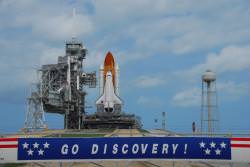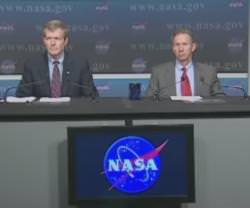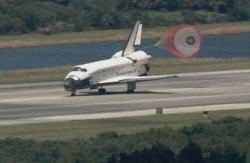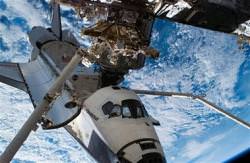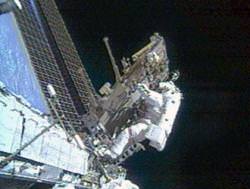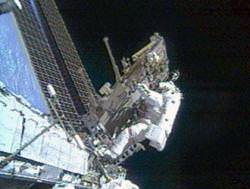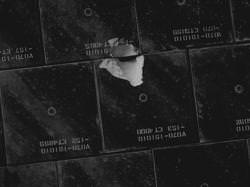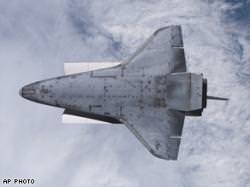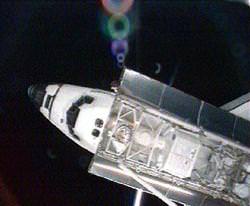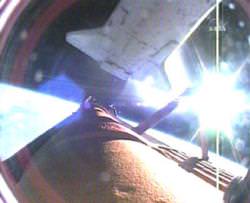I know it feels like it was just yesterday that Endeavour returned from its mission to the International Space Station. With the new compressed space shuttle schedule, get used to it – NASA’s got a lot of missions to schedule if they’re going to hit their 2010 completion date of the International Space Station. Next up, Discovery. The shuttle was moved out to the launch pad on Sunday, and now awaits its October 23rd launch.
The shuttle made the 5.5 km (3.4 mile) journey from the Vehicle Assembly Building to its launch pad at NASA’s Kennedy Space Center. It started out at 6:47 am EDT, and was firmly down at the launch pad at 1:15 pm. The huge crawler transporter only moves about 1.6 kph (1 mph), so it’s really slow going.
With the shuttle on the pad, everyone still has a series of activities to complete before the beginning of mission STS-120. The crew will arrive on October 7th, and perform a dress rehearsal on October 10th.
If all goes well, Discovery will blast off on October 23rd, once again bound for the International Space Station. The shuttle will be carrying the US-built Harmony module. This six-hatched cylinder will serve as a pressurized gateway to attach future science laboratories to the station.
The STS-120 crew is led by Pam Melroy, only the second woman ever to command a space shuttle mission.
Original Source: NASA News Release

